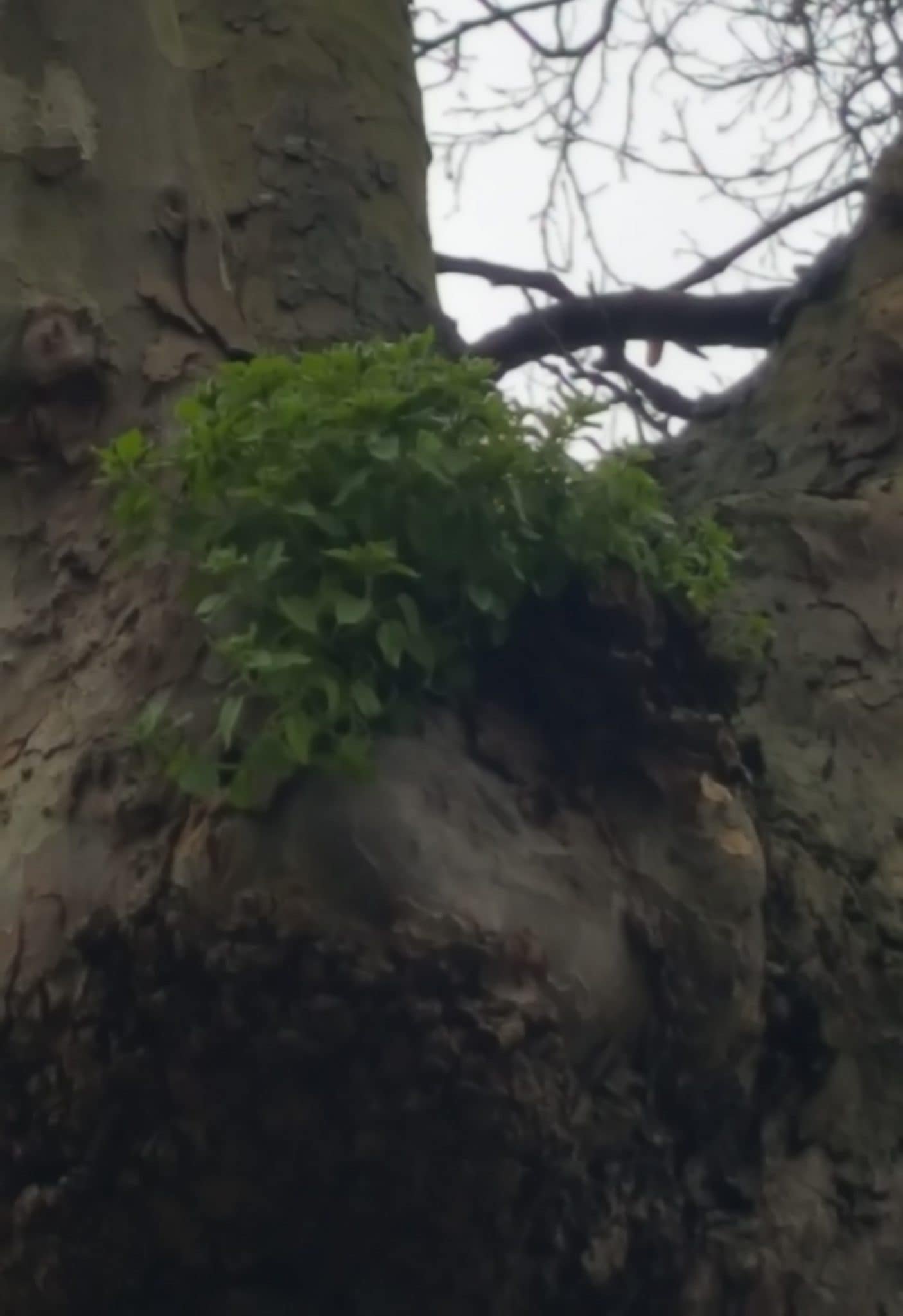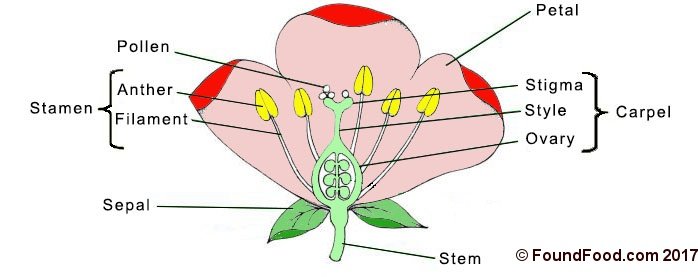Forage close to home
Strictly speaking, this post isn’t about foraging as such, more like plant identification. The key point is this: You need to be able to positively identify plants in order to be able to forage for them. However, if you don’t live near the great outdoors, you can practice your plant ID anyway.
For example, just around the corner from my house is a small patch of ground in front of some houses. It’s not owned by any of the householders, and the local council probably can’t justify looking after it; So it’s left to get overgrown for a few years, then stripped back to almost bare earth. The following spring is a great time to go looking, as all the low growing ‘weeds’ get a chance to sprout.

I wouldn’t forage from this spot because it’s too close to a busy road and a residential parking area, and therefore likely to be polluted.
What can I see here, that I could forage elsewhere?
Well, quite a lot as it happens. Good thing too really, or this whole post would have been pointless!
Firstly, there’s one of my favourites:
Crow Garlic. A great addition as a salad leaf and a garlicky flavour for soups and stews.
Then Burdock. The young, first-year leaves can be eaten, but will be quite bitter, the flower stem can be steamed, and the roots have been used for many types of drinks, not to mention all of the traditional medicinal uses.
Cleavers: The young leaves can be used in salads, the dried seed balls can be roasted and used as a coffee substitute, and the juice has been used in traditional medicine.
Common Mallow: The leaves and young shoots can be eaten raw and cooked as greens. The leaves are mucilaginous, which means that they thicken soups and stews nicely, the immature seeds are also edible raw, but so small as to not be worth the effort.
Dandelions are just starting to become prolific again, with those bright yellow flower heads popping up everywhere; Every part of the plant is edible.
Dock is great as a cooked leaf (like spinach) and can be used in pesto, and is high in ascorbic acid (vitamin C). The root is great for teas and medicinal uses.
Speedwells can be used to make a slightly bitter tea, which apparently, has good medicinal properties.
Ground Elder, pick the youngest, freshest shoots and they can be steamed or gently fried.
Stinging Nettles are one of the best natural resources out there; High in nutrients and as many uses as you can think of as a leaf, herb, flavouring, and for cordage.
Purple Dead Nettles are a little hairy compared to stinging nettle leaves, so use them sparingly as whole ingredients.
Spear Thistle roots taste like Jerusalem Artichoke when cooked, apparently, and you can eat the flower stems as a vegetable.
Clover can be used in small amounts to add variety to a wild salad.
Finally, Common Yarrow is edible both raw and cooked, but I just found out that apparently, it can be used in place of hops for flavouring and preservatives in beer! Guess what I’m looking forward to trying…























Leave a Reply
Want to join the discussion?Feel free to contribute!